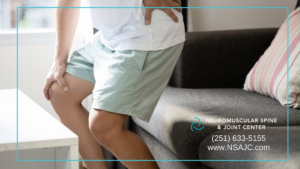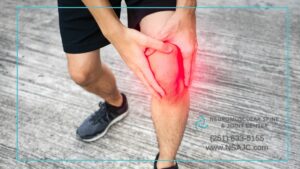Cigarette smokers crave the nicotine in cigarettes. Giving it up is much harder than simply changing a habit. Your body has to stop craving the nicotine. It is hard to quit, but you can do it. There are many tools that people use to quit smoking. You may find that combining tools works best for you.
There are several steps to quitting. First you get ready to quit. Then you get support to help you. After that, you learn new skills and behaviors to become a nonsmoker. For many people, a necessary step is getting and using medicine.
Your doctor will help you set up the plan that best meets your needs. You may want to attend a smoking cessation program to help you quit smoking. When you choose a program, look for one that has proven success. Ask your doctor for ideas. You will greatly increase your chances of success if you take medicine as well as get counseling or join a cessation program.
Some of the changes you feel when you first quit tobacco are uncomfortable. Your body will miss the nicotine at first, and you may feel short-tempered and grumpy. You may have trouble sleeping or concentrating. Medicine can help you deal with these symptoms. You may struggle with changing your smoking habits and rituals. The last step is the tricky one: Be prepared for the smoking urge to continue for a time. This is a lot to deal with, but keep at it. You will feel better.
Follow-up care is a key part of your treatment and safety. Be sure to make and go to all appointments, and call your doctor if you are having problems. It s also a good idea to know your test results and keep a list of the medicines you take.
How can you care for yourself at home?
- Ask your family, friends, and coworkers for support. You have a better chance of quitting if you have help and support.
- Join a support group, such as Nicotine Anonymous, for people who are trying to quit smoking.
- Consider signing up for a smoking cessation program, such as the American Lung Association’s Freedom from Smoking program.
- Set a quit date. Pick your date carefully so that it is not right in the middle of a big deadline or stressful time. Once you quit, do not even take a puff. Get rid of all ashtrays and lighters after your last cigarette. Clean your house and your clothes so that they do not smell of smoke.
- Learn how to be a nonsmoker. Think about ways you can avoid those things that make you reach for a cigarette.
- Avoid situations that put you at greatest risk for smoking. For some people, it is hard to have a drink with friends without smoking. For others, they might skip a coffee break with coworkers who smoke.
- Change your daily routine. Take a different route to work or eat a meal in a different place.
- Cut down on stress. Calm yourself or release tension by doing an activity you enjoy, such as reading a book, taking a hot bath, or gardening.
- Talk to your doctor or pharmacist about nicotine replacement therapy, which replaces the nicotine in your body. You still get nicotine but you do not use tobacco. Nicotine replacement products help you slowly reduce the amount of nicotine you need. These products come in several forms, many of them available over-the-counter:
- Nicotine patches
- Nicotine gum and lozenges
- Nicotine inhaler
- Ask your doctor about bupropion (Wellbutrin) or varenicline (Chantix), which are prescription medicines. They do not contain nicotine. They help you by reducing withdrawal symptoms, such as stress and anxiety.
- Some people find hypnosis, acupuncture, and massage helpful for ending the smoking habit.
- Eat a healthy diet and get regular exercise. Having healthy habits will help your body move past its craving for nicotine.
- Be prepared to keep trying. Most people are not successful the first few times they try to quit. Do not get mad at yourself if you smoke again. Make a list of things you learned and think about when you want to try again, such as next week, next month, or next year.
Care instructions adapted under license by Neuromuscular Spine & Joint Center. This care instruction is for use with your licensed healthcare professional. If you have questions about a medical condition or this instruction, always ask your healthcare professional. Kopp Medical LLC, DBA Neurmomuscular Spine & Joint Center disclaims any warranty or liability for your use of this information.





